Barcelona, known for its modernist architecture and iconic landmarks like the Sagrada Familia and Park Güell, is also home to a lesser-known but equally fascinating artistic phenomenon: sgraffito. These decorative designs, found on many of the city’s facades, are one of the hidden gems of Barcelona’s architecture, showcasing the creativity and tradition of local artisans.
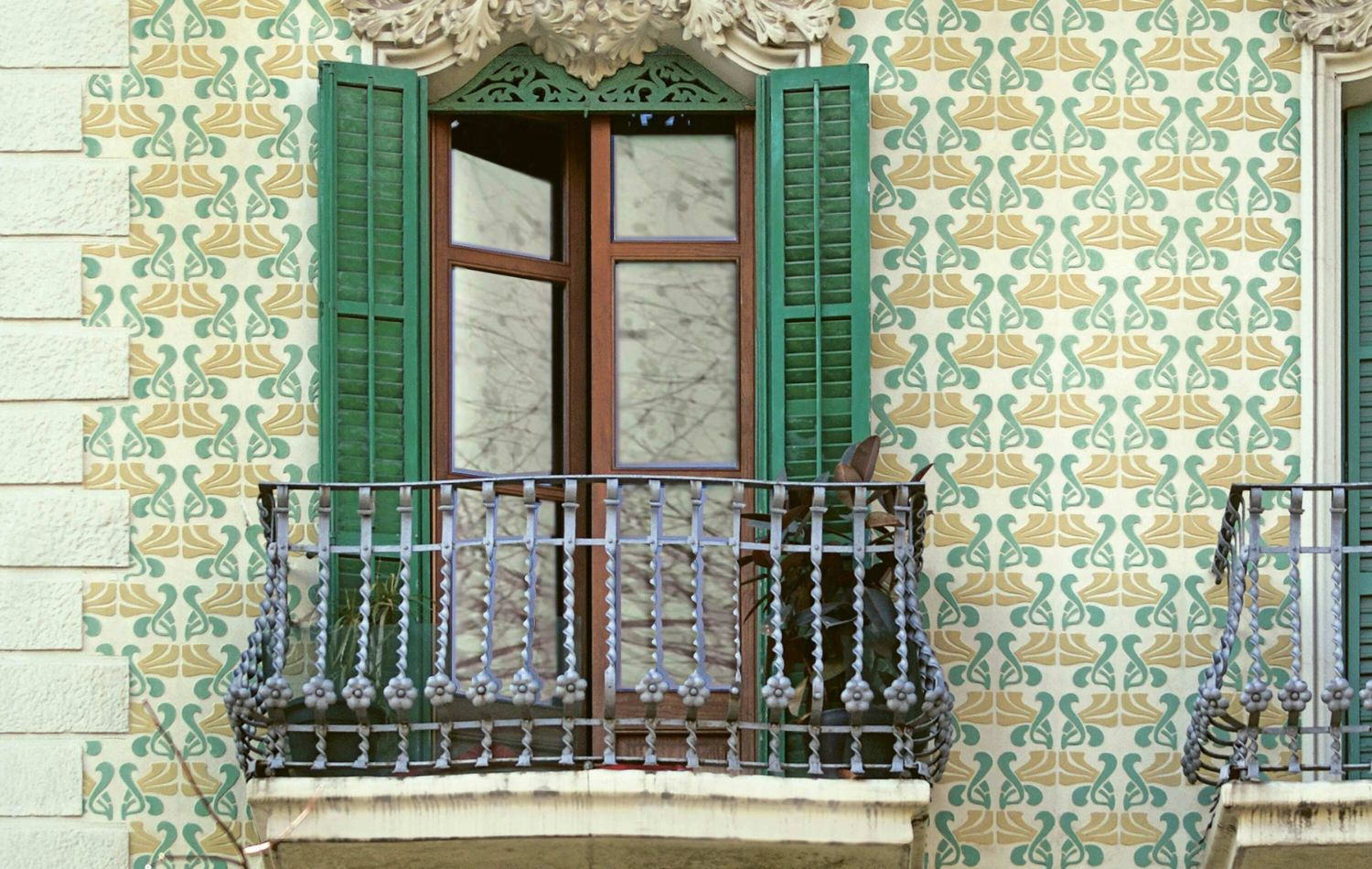
What is Sgraffito?
Sgraffito is a decorative technique where a layer of plaster or stucco is scraped away to reveal a design or pattern beneath it. This technique is used to create images and details, ranging from simple geometric shapes to intricate floral motifs or narrative scenes. The beauty of sgraffito lies in its ability to transform the smooth surfaces of building facades into vibrant, textured canvases full of elegance and charm.
Though it is more common in some Southern European cities, Barcelona became a key location for the development of this tradition. Over the last century, facades of both residential and commercial buildings have been adorned with these artistic touches, turning them into an architectural hallmark of the city.
The Origins of Sgraffito in Barcelona
The origins of this technique in Barcelona date back to the 19th century, during the rise of modernist architecture. While sgraffito wasn’t exclusive to this style, its proliferation in Barcelona largely took place during this period. The city underwent an urban renewal that saw the construction of new residential buildings, especially in neighborhoods like Eixample and Gràcia.
The architects and artists of the time, influenced by European decorative trends, decided to use sgraffito as a way to add artistic details to the facades, often as a contrast to the more austere designs of the buildings.

Why Are There So Many Sgraffito Designs in Barcelona?
The popularity of sgraffito in Barcelona can be attributed to several factors. Firstly, the technique was perfectly suited to the buildings of the time, allowing for ornamental details without the need for expensive materials. Additionally, it was a way to personalize buildings, as sgraffito designs often reflected the cultural influences of the owners or architects, ranging from mythological scenes to abstract forms and floral patterns.
Another key factor was the great skill of the local artisans, who perfected the technique and turned it into a true form of art. Barcelona, due to its strategic position on the Mediterranean coast, has always been a melting pot of cultures and styles, which is reflected in the diversity of sgraffito designs found throughout the city.
Famous Sgraffito Works in Barcelona
Walking through the streets of Barcelona, one can find numerous examples of sgraffito, though some stand out for their uniqueness and level of detail. In the Gràcia neighborhood, for instance, there are many buildings showcasing sgraffito designs with geometric and floral patterns that add an enchanting touch to the area’s bohemian vibe.
In the Eixample, particularly around the area near Avenida Diagonal, some buildings also feature sgraffito with natural motifs and abstract forms. These designs are often combined with other architectural techniques, such as tiles and moldings, creating facades rich in texture and color.
Sgraffito Today
While the use of sgraffito became less common in the 20th century, there are still beautiful examples of this tradition scattered throughout the city. In many cases, the original sgraffito work has been restored, thanks to the efforts of architects and restorers dedicated to preserving the city’s heritage.
Books and guides about Barcelona’s history, such as the popular “Esgrafiats,” document these masterpieces, highlighting their artistic and historical value. These books and walking tours allow visitors to discover these hidden gems, often overlooked by those focused on the city’s main tourist attractions.
Want to learn and see more about Barcelona’s culture? Check out these articles:
The best concerts in Barcelona this 2025


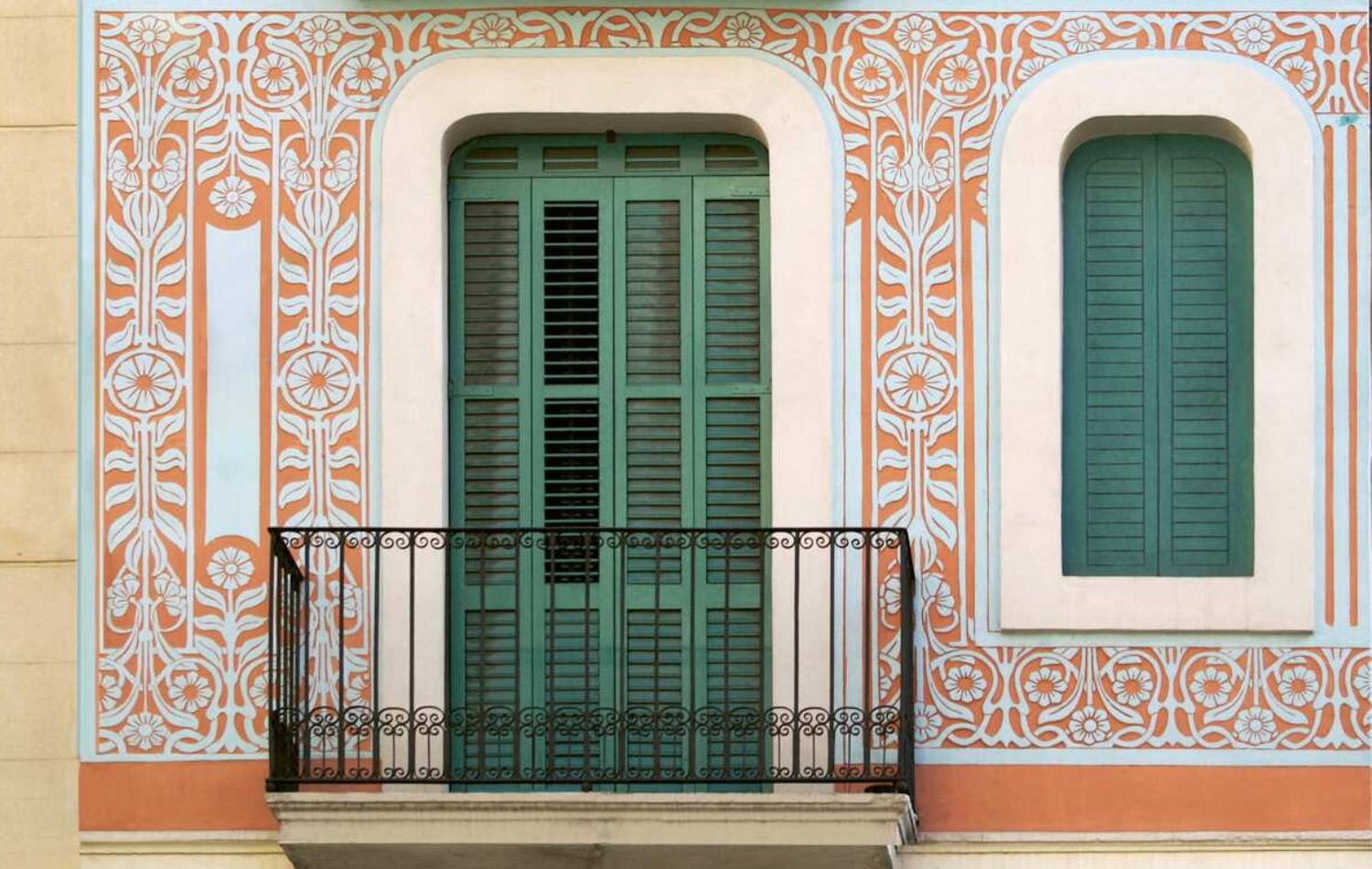


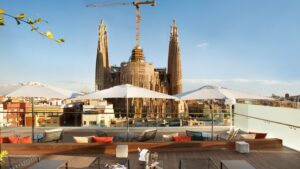





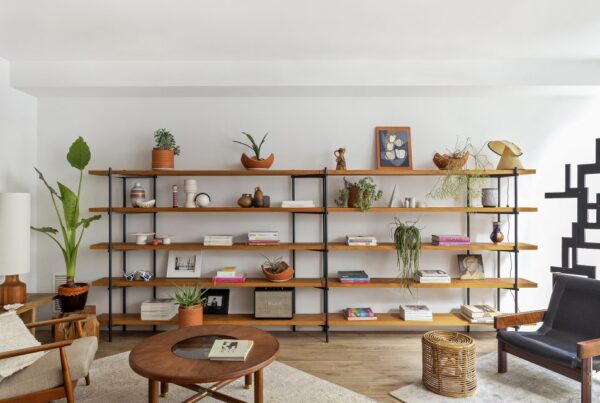

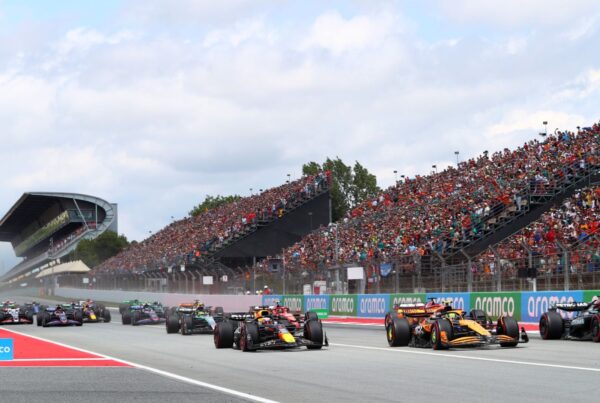
14 Comments